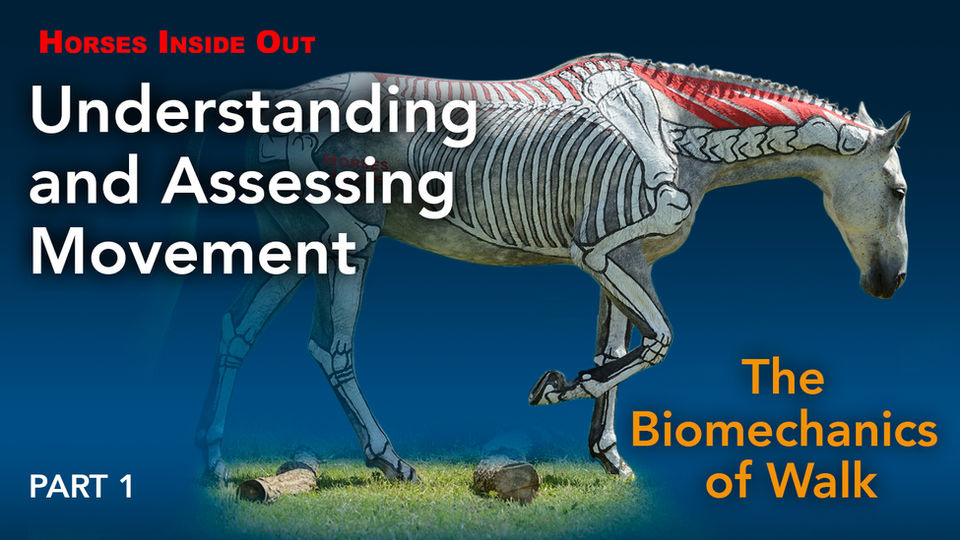Poles for Posture - On-Demand Webinar
Poles are an excellent training aid for improving posture, range of movement, expression, strength, symmetry and suppleness. This on-demand webinar is full of exercises that you can do with your horse.
Using slow-motion videos of anatomically painted horses, this on-demand webinar focuses on the biomechanical advantages of pole work exercises.
Excellent for maintaining and improving posture and contributing to a healthy, mobile, fully functioning musculoskeletal system, the benefits of pole work cannot be overemphasised.
Gillian demonstrates a variety of different exercises and pole configurations which can be performed at walk and trot, in-hand or ridden.
She also explains how pole work can develop balance, flexibility, coordination, lateral flexion, strength and control.
This popular on-demand webinar is an absolute must for anyone rehabilitating horses following injury and for horse owners wishing to impove thier horse's comfort and performance.
Watch Trailer
This on-demand webinar was originally recorded on the
4th November 2020 and is episode 3 of series 1.
Course Structure
Following the introduction, the exercises demonstrated in this online lecture are divided into 4 sections :-
1. Walk Pole Exercises
2. Trot Pole Exercises
3. Poles for Straightness
4. Poles for Lateral Work and Bending
UNLIMITED ACCESS
Anytime - Anywhere - As many times as you like!
Once purchased, you can watch this on-demand webinar at any time and as many times as you like from any device and from the comfort of your own home! Just make sure you are logged in and then watch it by pressing the button below.
Other on-demand webinars you may enjoy...
- 80£
- 40£
- 30£





















